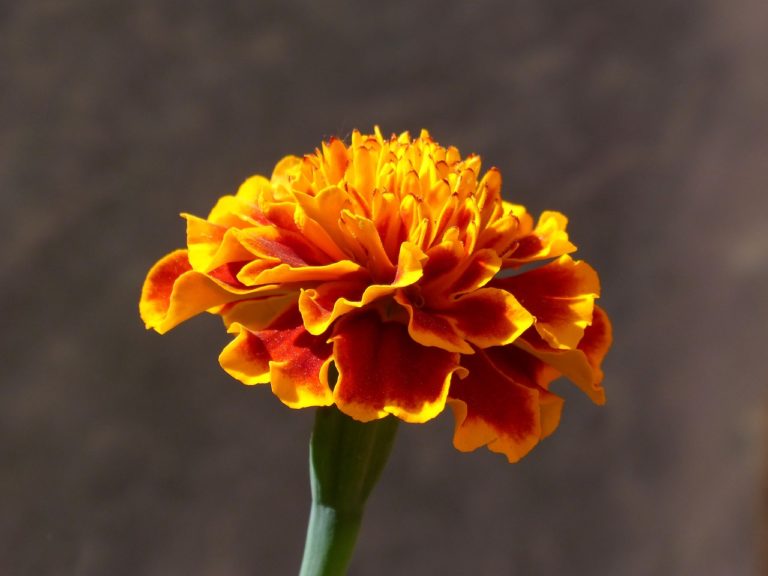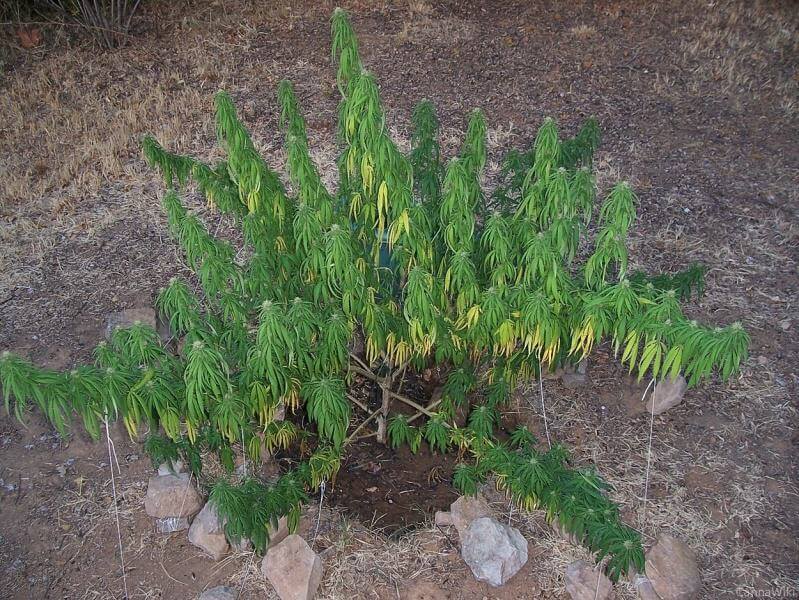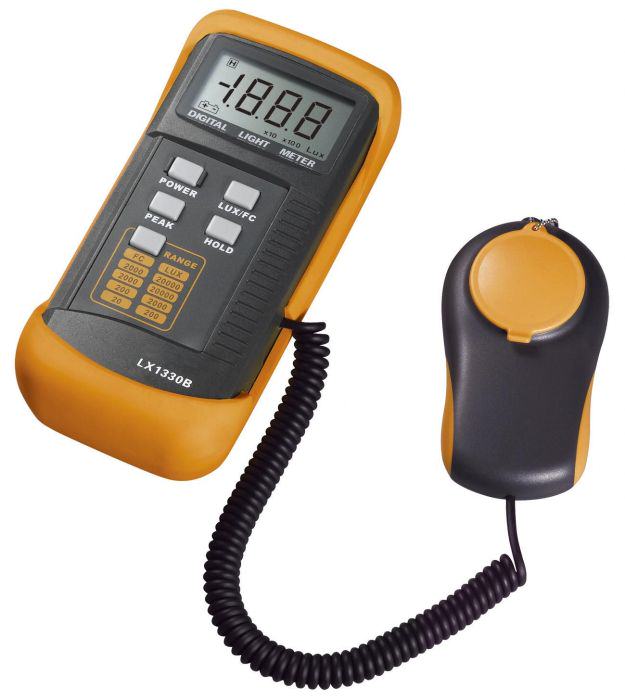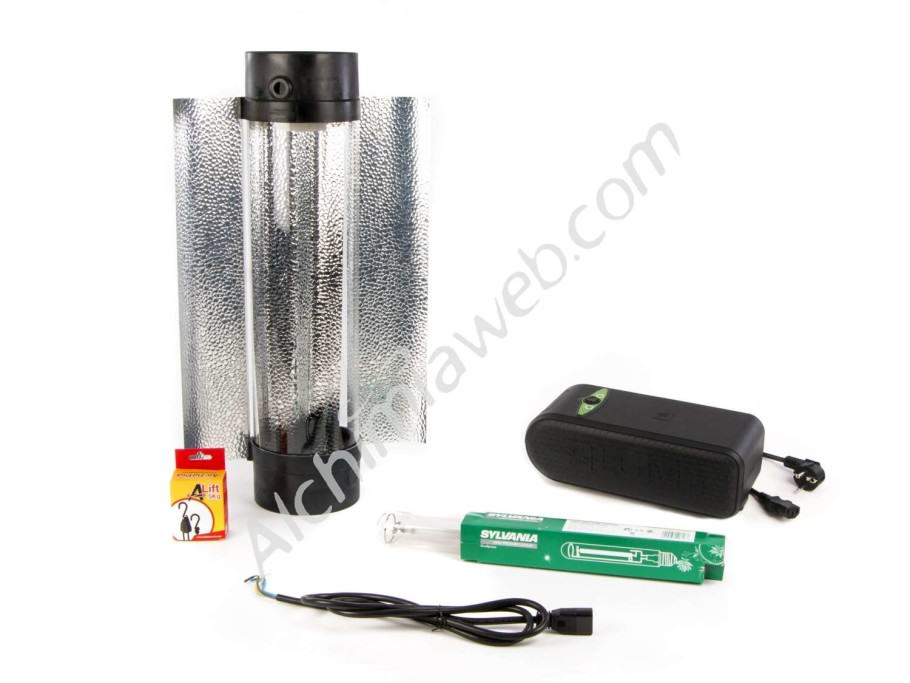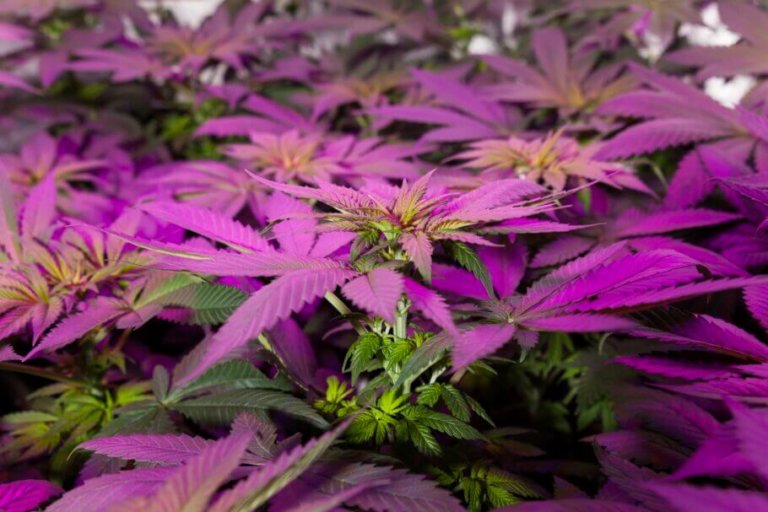Sustainability & Cannabis cultivation
List of contents
Although as a grow shop we sell all kinds of products related to cultivation, from the most modern hydroponic systems to ranges of completely organic nutrients, at Alchimia we know that caring for the environment is very important and we always try to offer you not only the products necessary to carry out organic farming but also the information on how to ensure that your cultivation has the least possible negative impact on nature.
As with almost any other type of cultivation, cannabis farming is not exempt from bad practices and can potentially be disastrous for the environment, much more damaging than if other types of methods are followed. Growing sustainably isn't simply a matter of switching to a specific type of substrate or fertiliser, but of analysing our growing practices from start to finish, taking into account the carbon footprint of each product, input and even of the techniques that we use. We've already examined our own methodology from this point of view, and we'd love to share the conclusions we have reached with you. By protecting the environment we are protecting ourselves, and as you'll see, it's easier than you might think!
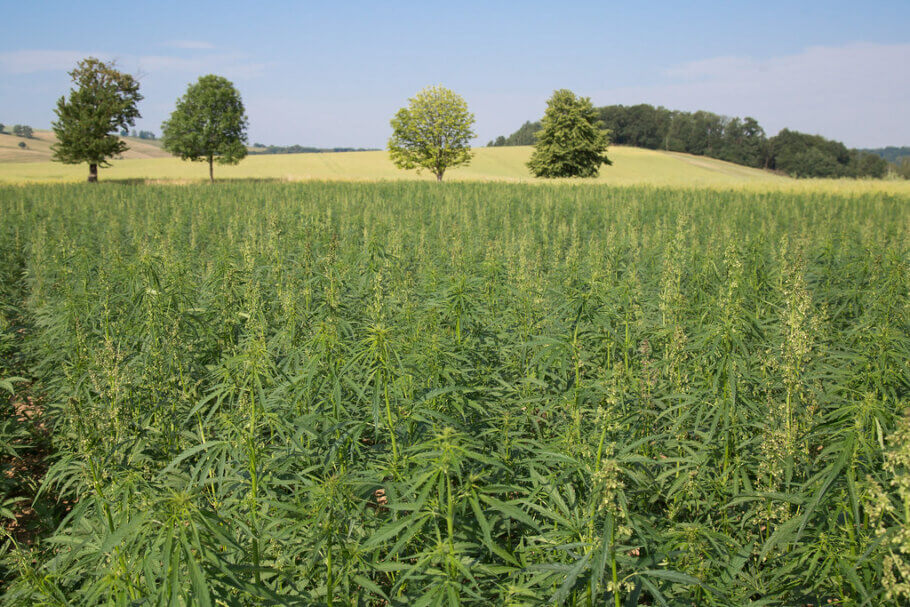
Phytosanitary products and cannabis
The use of phytosanitary products such as insecticides or fungicides requires a good deal of responsibility, especially in outdoor crops, since the indiscriminate use of this type of product can not only damage the fauna living within the growing environment, but also the vitally important microbial life in the substrate. For these reasons, we must endeavour to reduce the application of phytosanitary products on our plants to a minimum by using preventive measures based on organic products that respect the environment.
As you can see in this linked article on the responsible use of pesticides in cannabis cultivation, there is a big difference between correct and incorrect application of these products, as they can represent a negative impact on the fauna of a certain area which can be appreciated with the naked eye. In addition, techniques such as allelopathy can go a long way in keeping many pests at bay, which makes them well worth paying attention to as well.
Cannabis and allelopathy
How do plants interact with each other? Can you achieve better yields growing other plant species simultaneously? Allelopathy is a phenomenon by which a living organism has a direct impact on other organisms in its environment. In this article, we’ll tell you more about this, and explain how growing other types of plants can help you to obtain healthier and more productive cannabis.
Sustainable fertilisation for cannabis
Organic and mineral nutrients
For decades, the question of fertilising agricultural crops has been debated, and there's no doubt that humans are currently abusing the use of mineral fertilisers to grow their crops, which could lead to fatal consequences within a few decades. The production process of these mineral nutrients pollutes the environment, as does their transport and also their final use, so we definitely need to make a complete change of attitude and to realise that the future of cultivation, in general, means taking a much more ecological approach to the management of our crops.
Of course, this earth-friendly approach to crop management is closely linked to the use of various sources of 100% organic nutrients that - in most cases - only require very little treatment or processing other than the packaging of the material itself. By using organic fertilizers we not only avoid contaminating during their production, but we can actually improve the current conditions of our growing medium when using them. In short, the benefits of organic fertilisation both for the quality of the final product and for sustainability are beyond any doubt, and the massive use of mineral fertilisers fits very well with that saying that says "bread for today, hunger for tomorrow". In addition, and as you can see in our organic cannabis cultivation category, we offer several options when it comes to making your own organic fertiliser!
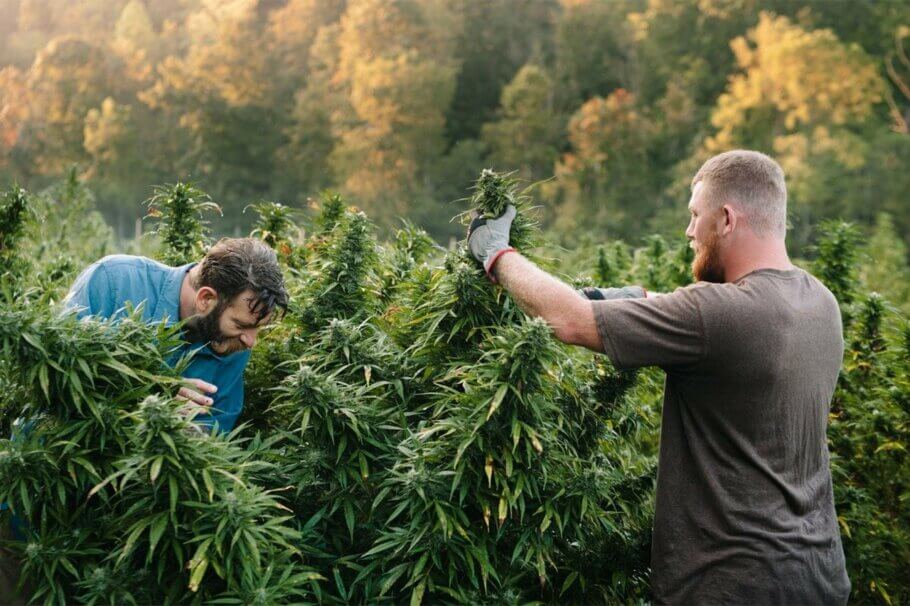
The carbon footprint of fertilisers
Producing or transporting any product entails generating contamination, no matter how small. This is something that many consumers have already assimilated in their day to day life, always trying to acquire environmentally friendly materials, but also taking into consideration the source and always using local products where possible. For example, deciding to use guano to nourish our crops may be a better idea than adding a fistful of phosphorous to the field, but it doesn't make much sense if the bat guano we're using has had to be transported 10,000km to get here!
For the same reason, it's also advisable to check the origin of the fertilisers we buy, since we can significantly reduce their carbon footprint if we source them locally. Even if we're about to buy a complete range of state-of-the-art mineral nutrients, it is something that we can always keep in mind, regardless of the nature of the product itself. By trying to avoid a movement of goods that in many cases is completely illogical, we will already be taking an important step towards sustainability!
Substrates for cannabis
Types of substrate for cannabis
As we already mentioned, regardless of the type of fertilisers that we end up using, proximity is an important factor to take into account when choosing the type of substrate to use. Whether it's coconut fibre or a standard cannabis substrate (which is usually a mixture of peat and coco), it's worth taking into account the proximity factor, as well as the quality of the substrate itself (try to source a substrate that's rich in beneficial microbes).
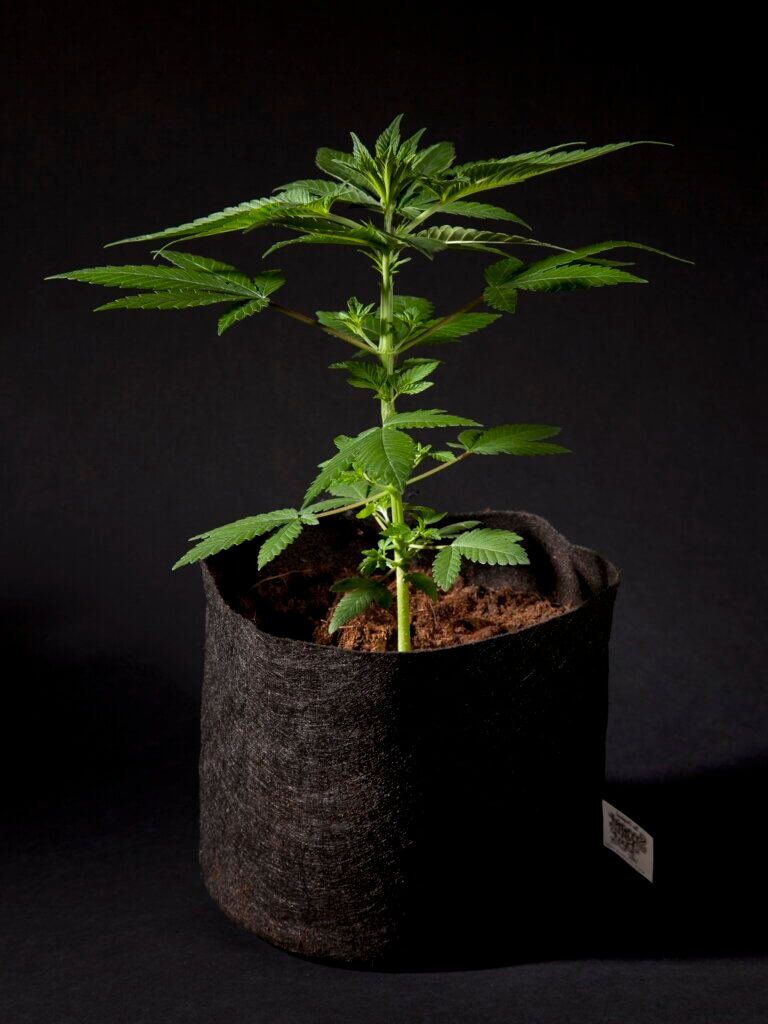
When choosing the type of container to hold the substrate, the best option is to select fabric pots. Needless to say, they pollute much less than plastic ones, in addition to having a series of characteristics that greatly improve root growth and general plant development. Their price is higher than that of conventional plastic pots, but the advantages they offer (sustainability, reusability, plant development, easy storage) make them well worth the investment!
Water use in cannabis cultivation
As every grower knows, water is a vital and precious resource for the land, and its management can determine not only the success or failure of the harvest but also largely the degree of sustainability of the activity. Trying to grow tropical fruits in a desert environment may be an interesting challenge, but it will undoubtedly mean a huge waste of water and would be totally out of place in the context of that particular ecosystem!
With regard to cannabis, dialling in the true water needs of each plant and not over-watering will be important, not only to avoid wasting water but to achieve better results. As you will see in more depth in the following link, cannabis deals very badly with a lack of water, but it doesn't react much better to an excess of irrigation either!
Overwatering cannabis plants
Overwatering is a frequent error that must be taken into account when you start growing cannabis and want to avoid losing many seeds or plants during cultivation. Learn how to prevent sudden deaths due to an excess of water when growing marijuana.
Any excess water from, for example, flushing the roots at the end of flowering, can be reused to irrigate the other plants that we have, they will definitely appreciate it! The best thing, in this case, is to adjust the pH and EC of the drain water to ensure that it is suitable and does not contain too many nutrients or an incorrect pH.
Microbes and recycling substrates
Reusing the growing medium is an increasingly common practice among those growers most concerned about the environment. These days we are very aware of how the soil food web works, and we know that with minimal maintenance we can reuse our substrate crop after crop. In fact, we can improve it after each harvest, creating a nutrient-rich soil full of beneficial microbial life that will only need adequate irrigation to give magnificent results.
Today we have access to a wide range of supplements and additives formulated to innoculate the substrate with microbial life, as well as nutrient amendment products such as SimbioSoil Plus or Lurpe Earth Vibes Supersoil, made specifically to help regenerate our growing media. The combination of beneficial microbes and this type of product allows the grower not only to be able to reuse the soil but also to create a more "alive" and well-balanced substrate than the one they started with.
Sustainable indoor cannabis cultivation?
Yes, we know... it's difficult to put "indoor growing" and "sustainability" in the same sentence. However, although it's an activity whose very nature seems to go against the very concept of being "environmentally friendly", the indoor grower can in fact take measures to lessen the impact that his installation has on the planet, in the same way as when one buys a car or a domestic appliance and opts for more "eco-friendly" versions than others. Let's see point by point what we can do to optimise our indoor cultivation in this sense:
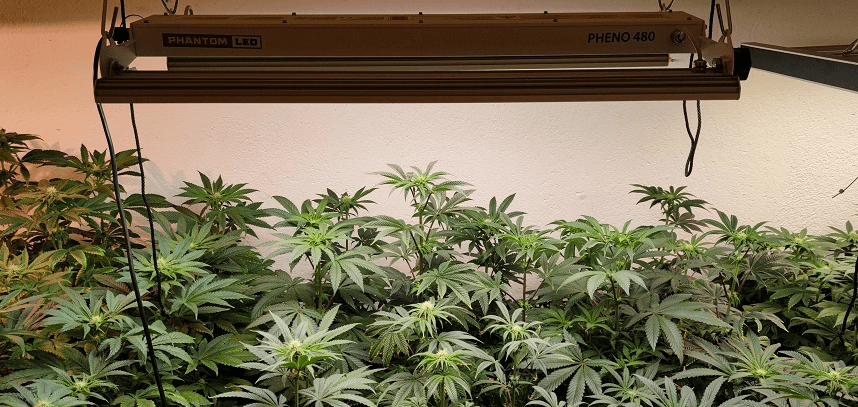
Lighting an indoor grow efficiently
Undoubtedly, when it comes to light use, durability and consumption, LED panels are the most efficient option for lighting an indoor grow. In addition, they usually offer the possibility to only use a part of the panel, so that depending on the stage of cultivation, such as the first phases of growth, we can choose to use less watts per m2. Unfortunately, the price of an LED light big enough to illuminate 1m2 is much higher than that of a discharge lamp, although it must be said that due to yields and electrical efficiency the LEDs will end up paying for themselves despite the considerable initial investment.
If we are using discharge lamps (HPS, HM or CMH/LEC), we can take advantage of this same characteristic by using an electronic ballast, which can usually be set to various power options, for example from 50% to 100% in steps of 10%. In this way, if we have a mixed HPS 600W kit, we can set it to 50% during growth and increase it to 100% during flowering, then reducing the power again during the final flush if we deem it necessary. In the end, it is about always acting with the idea that every watt of energy used causes contamination, and it is precisely the lighting that consumes the most in a grow of this type... it's important to take that into account because, aside from the contamination, the price of electricity is not exactly cheap!
Photoperiod & indoor growing
As a general rule, growers use two photoperiods; 18/6 for growth (18 hours of light, 6 of darkness) and 12/12 for flowering. Of course, during warmer or colder weather, for example, we can "play" with these photoperiods to achieve more suitable temperatures within the grow space, and we can also do it to save a little in our electricity consumption. We can, for example, flower the plants with 10 hours of light per day, saving 2 hours of consumption each day with little impact on the final production. Or we can make this change during the last weeks of flowering, when the plants no longer need as much light as they do during their peak.
In addition, and this is a trick that really saves electricity, we can keep our mother plants in continuous growth by consuming only 13 hours of light a day compared to the 18 that we usually use! It's simply a matter of interrupting the dark period by giving them 12 hours of light, then 5 hours of darkness, one of light and another 6 of darkness. The plants will have received only 13 hours of light out of the 24 hours of the day, but they will continue to grow without problems (at a somewhat slower rate, it must be said).
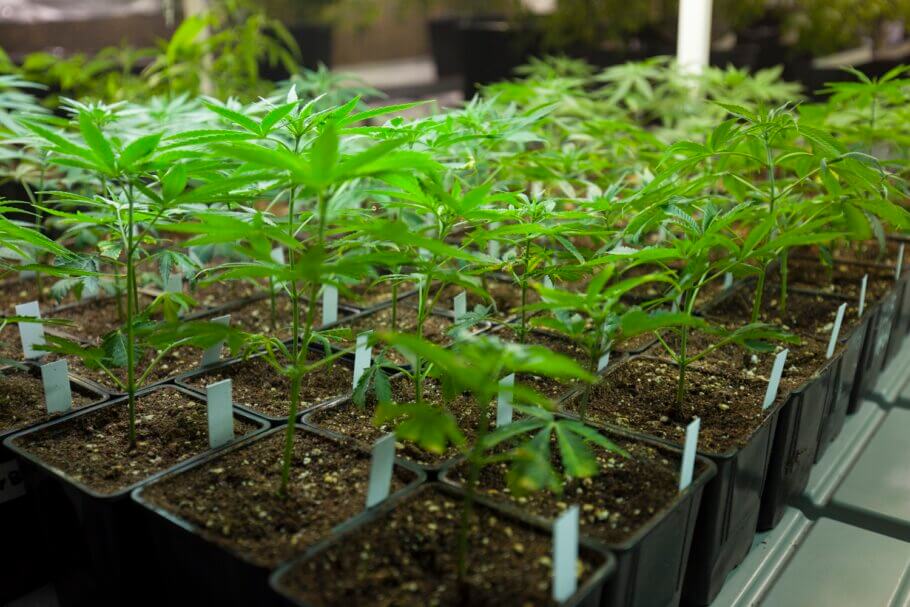
With these two simple tricks we can save 7 hours of light per day... and if we make the calculations, the savings are considerable and it's a photoperiod that many growers find very useful during the summer! Speaking of summer... if you are thinking about air conditioning for your grow space, especially to keep mothers, take into account the information about vapour pressure deficit included in our post on temperature and humidity in cannabis cultivation, We assure you that, by just investing in a simple humidifier, it's possible to get rid of excess heat problems.
In addition, as you can read in another of our articles dealing with off-season outdoor cultivation, with a simple greenhouse and a small grow tent for mothers and clones we can carry out several outdoor harvests per year, meaning that many growers can be self-sufficient without the need to flower plants indoors, with the consequent savings both economically and in terms of contamination.
Climate control in indoor cultivation
Aside from the trick that we already mentioned of increasing the humidity inside the grow space to combat the heat rather than installing air conditioning, one of the best options to reduce the electrical consumption of fans and extractors is, without a doubt, to use a climate control unit. Thanks to these devices, we can reduce the speed of both, also reducing their electricity consumption. In addition, in most cases, an improvement in cultivation conditions is clearly visible when using these units, as the climate is better regulated and the plants respond wonderfully.
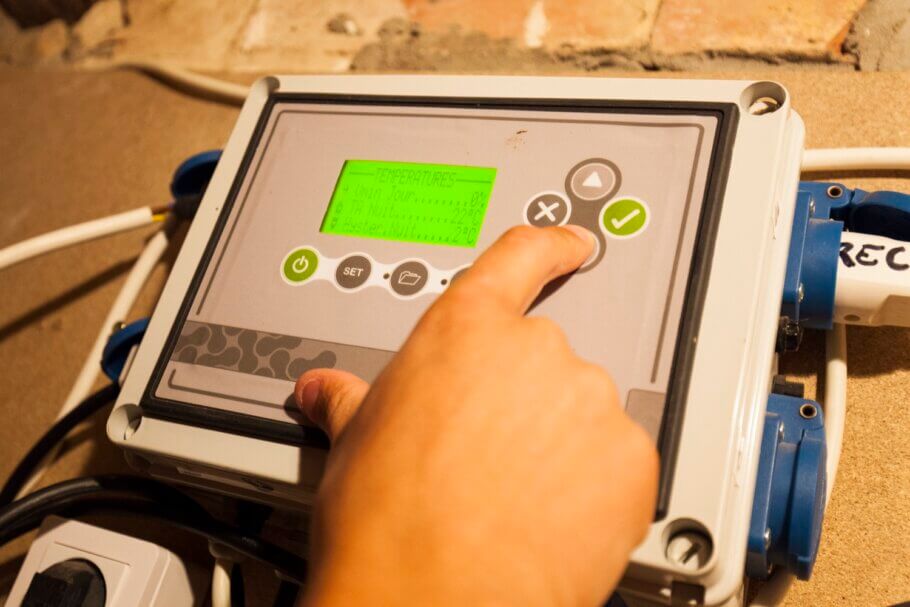
Solar energy & indoor cannabis cultivation
It is becoming more and more common to use solar energy to power indoor cultivation, especially among home growers who don't have a large cultivation facility. Similar to LED panels, solar power is an option that requires a significant initial investment, although it goes without saying that over time "it pays for itself", especially considering the high price of electricity today - an important consideration for any budget.
In the case of having a somewhat larger installation or not wanting (or not being able) to invest so much money in the installation of solar panels, you can always choose to power all the other electrical devices in your grow, except the lighting system, with solar energy, achieving considerable savings simply by connecting the extractors, humidifiers, fans, irrigation pumps, etc. to a solar installation and leaving the lamps connected to the mains electricity supply.
Ultimately, and as you may have seen, it is about applying the famous "3 Rs" to our cultivation practices: Reduce, Reuse and Recycle. Growers can't do much on the recycling front, but it is definitely in our power both to reduce our consumption (from the number of pots to the electricity bill) and to reuse some of the materials necessary for our activity. There's no doubt that the environment will appreciate our efforts!
Happy growing!

















































